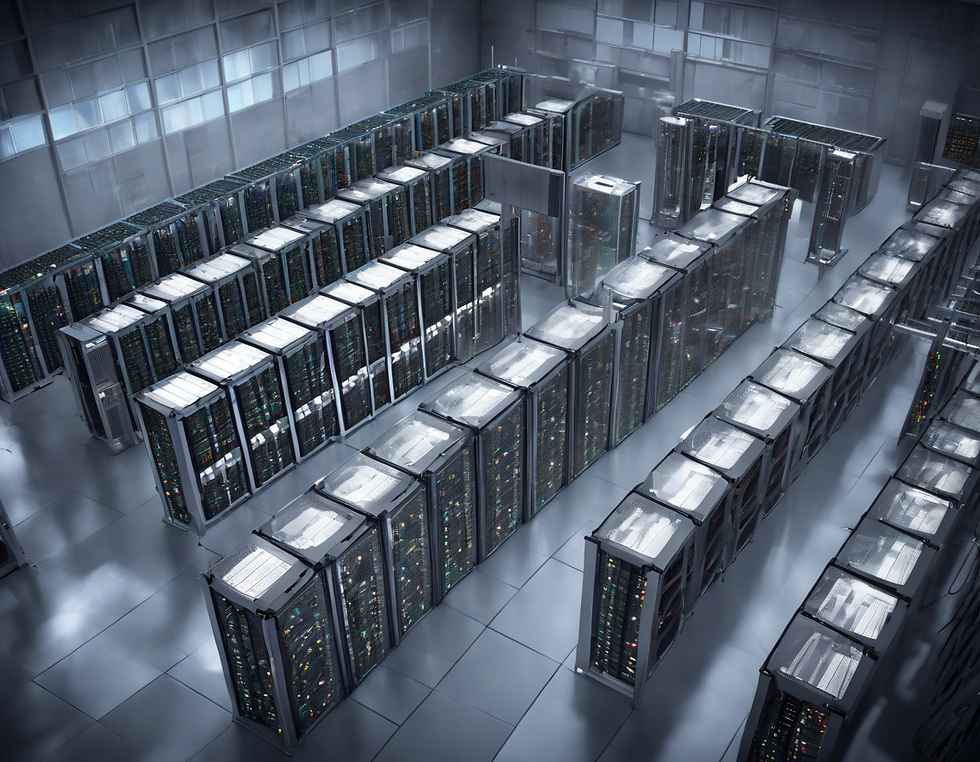Innovative Data Center Design Trends for 2021
- Maverith
- Dec 8, 2024
- 2 min read
Updated: Dec 8, 2024
Data centers play a crucial role in the digital world, serving as the backbone of many businesses and organizations globally. As technology advances at a rapid pace, the design and infrastructure of data centers must evolve to keep up with the growing demands for efficiency, sustainability, and performance. In 2021, innovative data center design trends are emerging to address these needs and revolutionize the industry.

One of the key trends in data center design for 2021 is the increased focus on energy efficiency and sustainability. With the rising awareness of environmental issues, data center operators are looking for ways to reduce their carbon footprint and optimize energy usage. This has led to the adoption of innovative technologies such as advanced cooling systems, renewable energy sources, and intelligent power management techniques. These solutions not only help to minimize environmental impact but also result in cost savings for businesses in the long run. Another important trend in data center design is the shift towards modular and scalable infrastructure. Traditional data centers are often designed as monolithic structures, making it challenging to adapt to changing requirements and scale up operations efficiently. In contrast, modular data center designs allow for greater flexibility and agility, enabling businesses to easily expand their capacity as needed. This approach also facilitates faster deployment times and improved resource utilization, contributing to overall operational efficiency. Furthermore, the increasing demand for high-performance computing has driven the development of innovative cooling solutions in data center design. As the density of servers continues to rise, traditional air cooling methods are becoming less effective, leading to a greater reliance on liquid cooling technologies. These advanced cooling systems not only enhance energy efficiency but also enable better thermal management and higher computing density, ultimately improving the overall performance of data centers. Additionally, the adoption of edge computing has become a prominent trend in data center design for 2021. Edge computing involves processing data closer to the source, reducing latency and improving the overall user experience. To support this distributed computing model, data centers are being strategically placed at the network edge, allowing for faster data processing and real-time analytics. This trend is particularly relevant in the era of Internet of Things (IoT) devices and smart technologies, where low latency and high availability are paramount. In conclusion, innovative data center design trends for 2021 are shaping the future of digital infrastructure, offering solutions that prioritize energy efficiency, scalability, performance, and sustainability. By embracing these trends, businesses can optimize their operations, lower costs, and stay ahead of the curve in an increasingly competitive digital landscape. As technology continues to evolve, data centers will play a pivotal role in supporting the growing demands of the digital economy, driving innovation and shaping the way we interact with technology in the years to come.


Comments